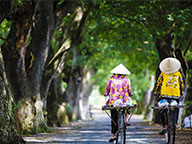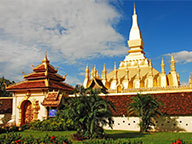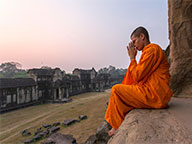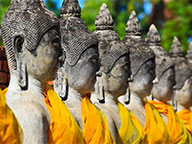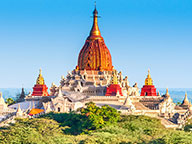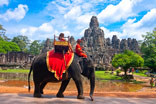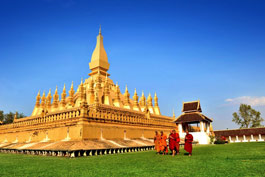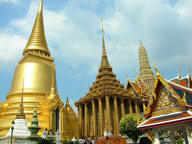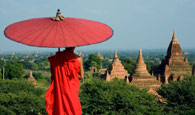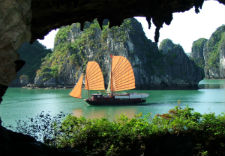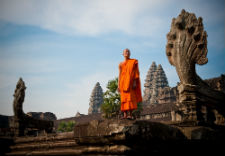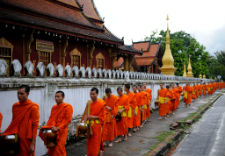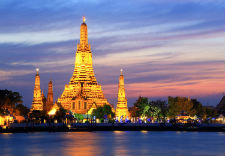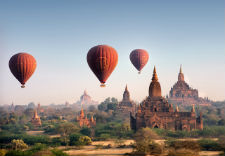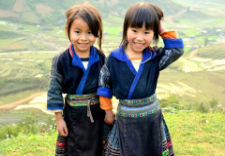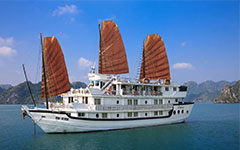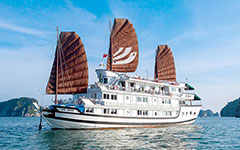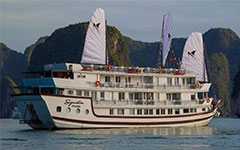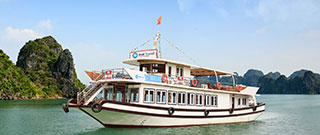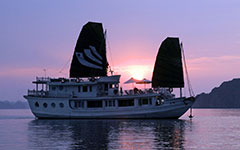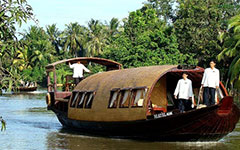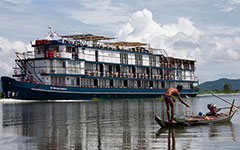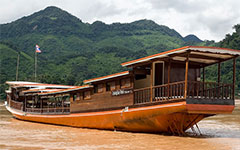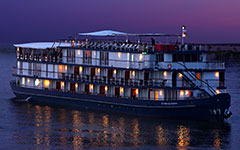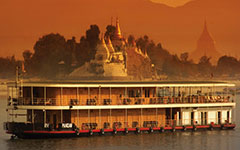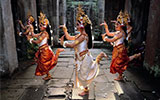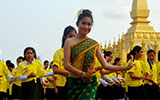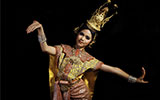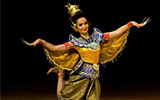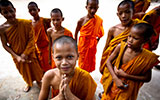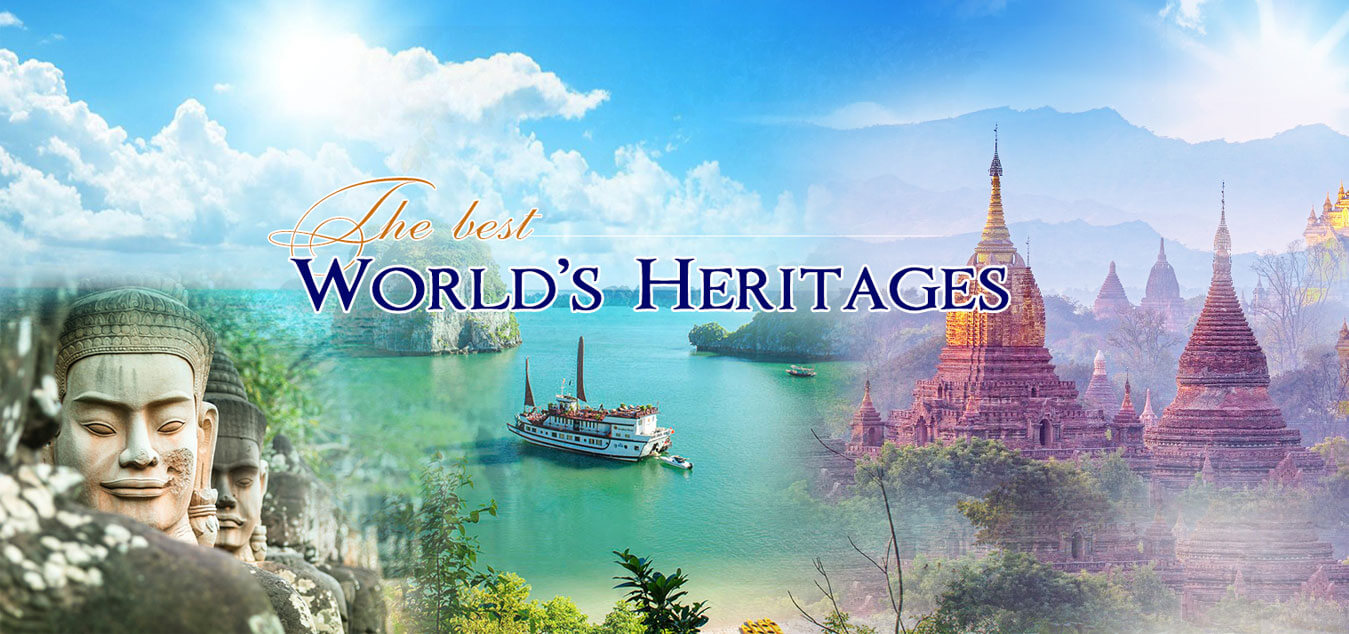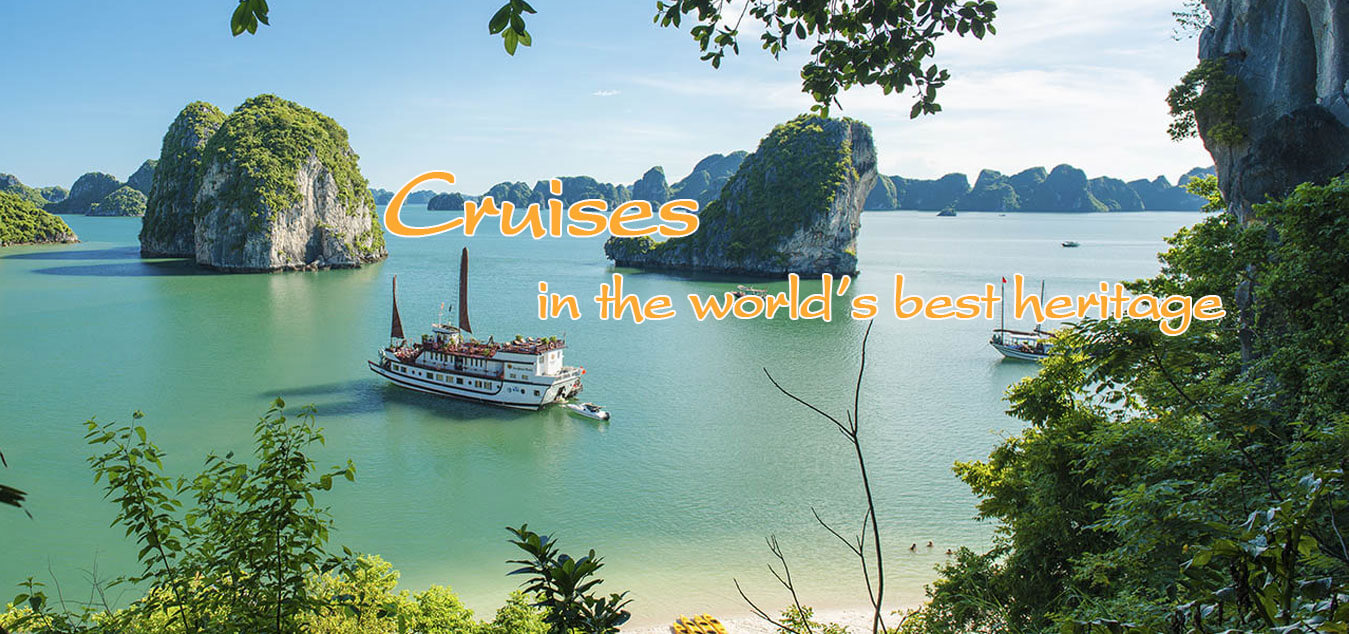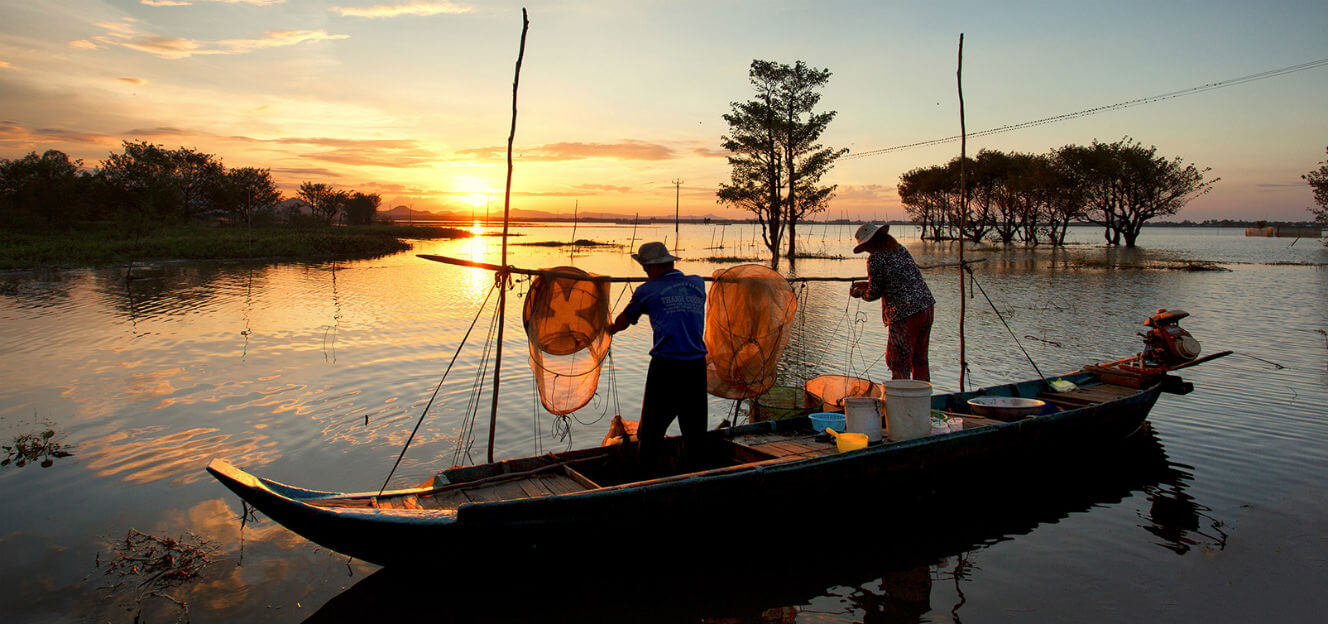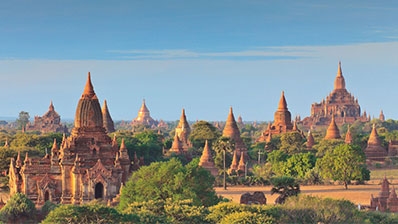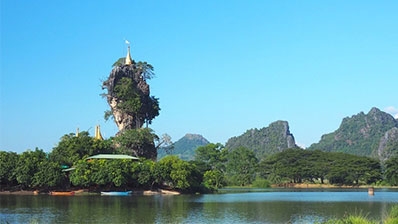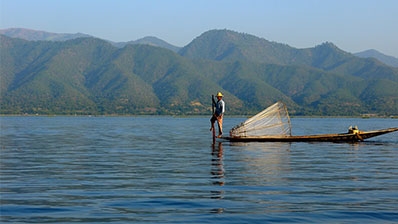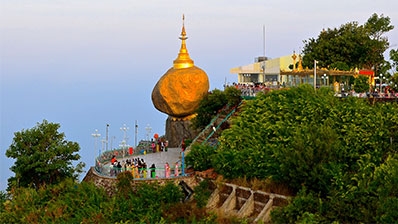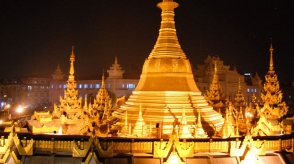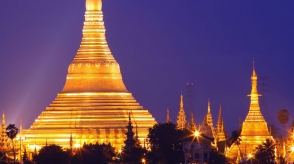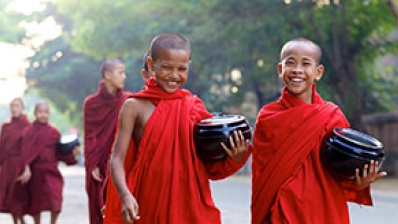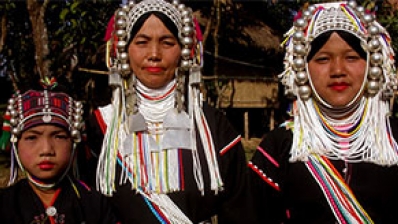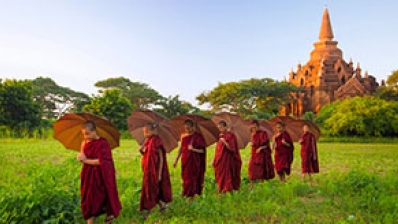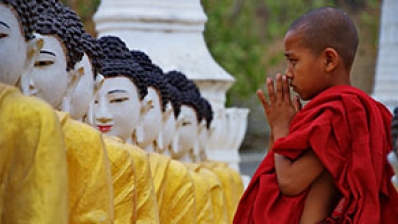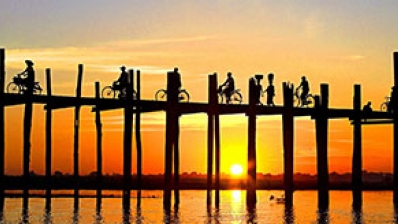MYANMAR, officially the Republic of the Union of Myanmar and also known as Burma
Biggest City: Yangon City ( a former capital of Myanamar with 7,5 million people)
Other City: Mandalay: 1,3 million
Capital: Naypyidaw , a new settled Capital since 2006, about 1,2 million
Pupulation: 54 million people
Country size: 678,000 km2
Main ethnic people: Burmese , accounting for 68% of population
Myanmar is ethnically diverse with 135 distinct ethnic groups.
The history in brief.
- Prehistory: as early as 400,000 years ago
- Early city-states: Around the second century BC, In the mid-to-late 9th century the Bamar people founded a small settlement at Bagan. It was one of several competing city-states until the late 10th century
- Imperial Burma: from 11th Century until mid 16th Century
- Taungoo and colonialism: from mid 16th century until early 19th century
- British Burma (1824 -1948)
- Independence (1948 - 1962) : independence from the United Kingdom
- Military rule (1962 -2011)
- Civil wars: The conflict happened among the hilltribes ,Armed conflict between ethnic Chinese rebels and the Myanmar Armed Forces have resulted in the Kokang offensive in February 2015. The conflict had forced 40,000 to 50,000 civilians to flee their homes and seek shelter on the Chinese side of the border
Democratic reforms: Main article: 2011–12 Burmese political reforms
2015 Myanmar general elections: Myanmar general elections were held on 8 November 2015, On 6 April 2016, Aung San Suu Kyi assumed the newly created role of State Counsellor, a role akin to a Prime Minister.
Myanmar is a country rich in jade and gems, oil, natural gas and other mineral resources. Myanmar is one of the poorest nations in Southeast Asia, suffering from decades of stagnation, mismanagement and isolation. The lack of an educated workforce skilled in modern technology hinders Myanmar's economy, although recent reforms and developments carried out by the new government, in collaboration with foreign countries and organisations aim to make this a thing of the past
The major agricultural product is rice, which covers about 60% of the country's total cultivated land area
Since 1992, the government has encouraged tourism in the country; however, fewer than 450,000 tourists entered the country in 2015
Although the the infrastruture are still very poor, the foreigner find very difficult to travel in country by train or by bus, the airlines are too expensive for even a short distance.
The most popular destinations for visitors are Mandalay and Yangon, Ancient Bagan, the nature of Inle Lake, Hpa An and other sites in the Southern Myanmar, also the beauty of the South Coast.
